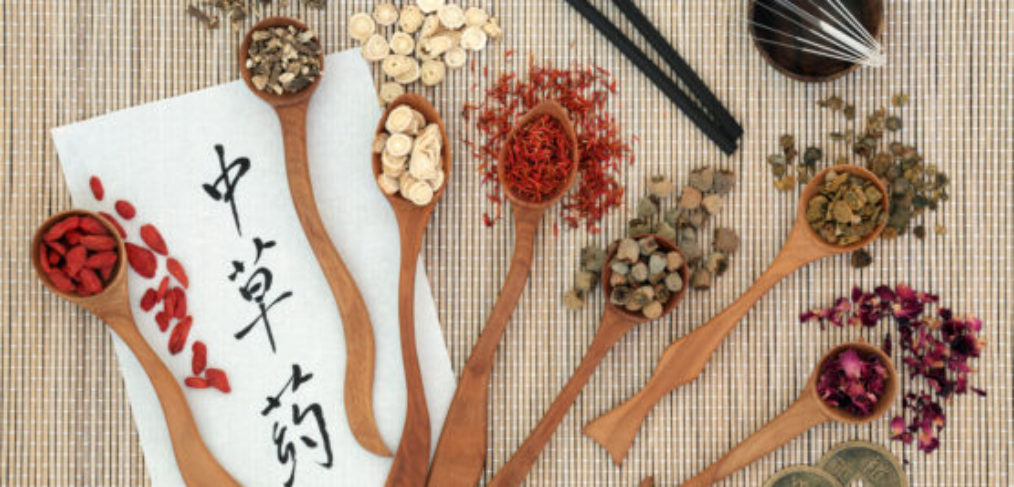Fighting Inflammation: Real Food First and a Bit of TCM

Inflammation.
We are seeing this word everywhere these days and it’s about time.
I’ve certainly been writing about it for some time now and having been an advocate of what I call a food-first approach, I’m often leery of the latest and greatest trends that come to market.
But recently, I had the pleasure of testing out something I truly believe can be an important part of a complete anti-inflammatory protocol, an easy to swallow (pun intended) TCM (Traditional Chinese Medicine) supplement.
The impact of eating a highly processed, non-food diet is finally beginning to register, slowly but surely.
We create inflammation not only by ingesting things that are no longer (or may never have been) food, but also by lifestyle choices we make, both positive and negative.
Smoking, excessive drinking, prescription side effects and exposure to toxins, both obvious and hidden as well of lack of proper rest and recovery can all contribute to the body reaching an inflamed state, one in which chemicals from the body’s white blood cells are released into the blood or affected tissues to protect your body from foreign substances. This release of chemicals increases the blood flow to the area of injury or infection, and may result in redness and warmth (1).
All of the above are not surprising in that none are regarded as being healthful in any way.
But what about things we do that have positive impacts on our overall lifestyle and wellbeing that cause inflammation?
While it may sound like an oxymoron, one of the best things we can do for our bodies – move them – can actually result in inflammation, too.
The good news is that unlike the list of bad activities to engage in from the prior paragraph, for which the most obvious thing to do is to simply stop doing them, the answer for reducing exercise related inflammation is not to stop it.
Quite the contrary in fact; the answer is to continue to engage in your preferred method of movement but to make dietary and lifestyle changes to bring down the inflammation and as a result, continue to develop as an animal in motion, which we all are meant to be, in effect.
Endurance related trauma that leads to inflammation can lead to adaptation. Exercise induced muscle damage leading to the inflammatory process results in an increase in satellite cell behavior in skeletal muscles (2).
Inflammation is defined literally as “to set on fire.” The accepted definition of inflammation in a sports research setting is a “normal part of the biological response to harmful stimuli.”
Inflammation is a normal response to any assault to the body from varying sources such as bacterial infection or exercise. The end goal of the inflammatory process is to restore homeostasis.
This, by the way, is precisely why regularly taking an Advil to ward off inflammation is a bad idea; not only does it halt the body’s natural response to heal and then grow, it actually creates an acidic environment in the body (3), making it even more inflamed!
So what, then, do we exactly need to do to naturally address the inflammation we experience from exercise?
- First and foremost, eat a diet consisting of real food. In season, local, organic vegetables in abundance, specifically those which are leafy and dark green. Ample natural fats from a variety of sources: olive oil, coconut oil, raw avocado, pasture fed lard, grass fed tallow (and ghee, if you include dairy in your regime) as well as raw, sprouted nuts and seeds in moderation, so long as you are not following an AIP plan. Mindfully sourced proteins in moderation, such as wild, local wild caught fish, grass fed meats and pasture fed poultry and pork
-
Second, consider adding meditation to your day to day.
Research has shown that chronic stress is connected to changes in C-reactive protein and your immune system. Taking 10 to 15 minutes a day to be quiet, reflect, or meditate can have huge health benefits (4). - Next, don’t forget to sleep, sleep enough and sleep well. A lack of sleep leads to everything from weight gain, cardiovascular disease and inflammation. Though still a growing field of research, preliminary studies have shown an association between sleep deprivation and elevations in CRP.
- Get your broth on. Bone broths contain minerals in forms that your body can easily absorb: calcium, magnesium, phosphorus, silicon, sulphur and others. In addition, they contain chondroitin sulfate and glucosamine, the compounds sold as pricey supplements to reduce inflammation, arthritis and joint pain. (5) You’re never going to beat fresh with powder!
- In addition, consider carefully chosen supplementation. Specifically for me, having been a long time believer and receiver of acupuncture, I’ve taken my share of TCM pellets, powders and potions. And while I am sure I’m in the minority – I actually like the flavor of said herbs – there’s now an incredible new product on the market that covers most of you who actually do not like the idea of holding your nose to swallow something that tastes less than palatable to you. A friend and colleague of mine, Simone Wan M.S. L.Ac (5), has recently launched the revolutionary product I mentioned above In fact, one of her key ingredients in her ‘inflammation’ blend was included in a clinical trial that was one of the ingredients that helped reduce fatigue and enhanced recover in athletes (6)! I recently tested it out as part of my training recovery protocol (along with my bone broth, of course!) and found it to be easy to mix, tasty and effective. Check it out here; she’s offering 15% off your first purchase with the code paleoista.
Making sure to have a good understanding of what inflammation really is, and creating a healthy, food-first recovery protocol to support growth and healing is a key component of each and every one of our own paths toward optimal health.
(1) https://www.webmd.com/arthritis/about-inflammation
(2) https://firstendurance.com/exercise-induced-inflammation-part-1/
(3) https://en.wikipedia.org/wiki/Ibuprofen
(4) https://www.prevention.com/health/a20437466/tips-to-beat-inflammation/
(5) https://www.westonaprice.org/health-topics/why-broth-is-beautiful-essential-roles-for-proline-glycine-and-gelatin/
(6) http://practicalartofhealth.com
(7) https://www.ncbi.nlm.nih.gov/pubmed/12147200





